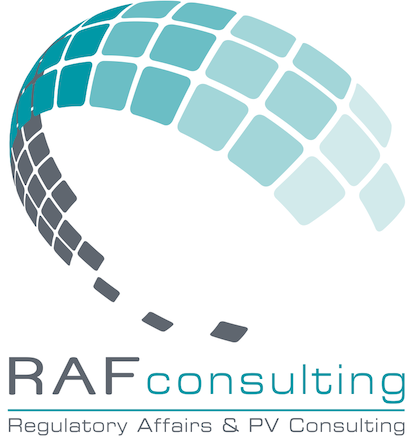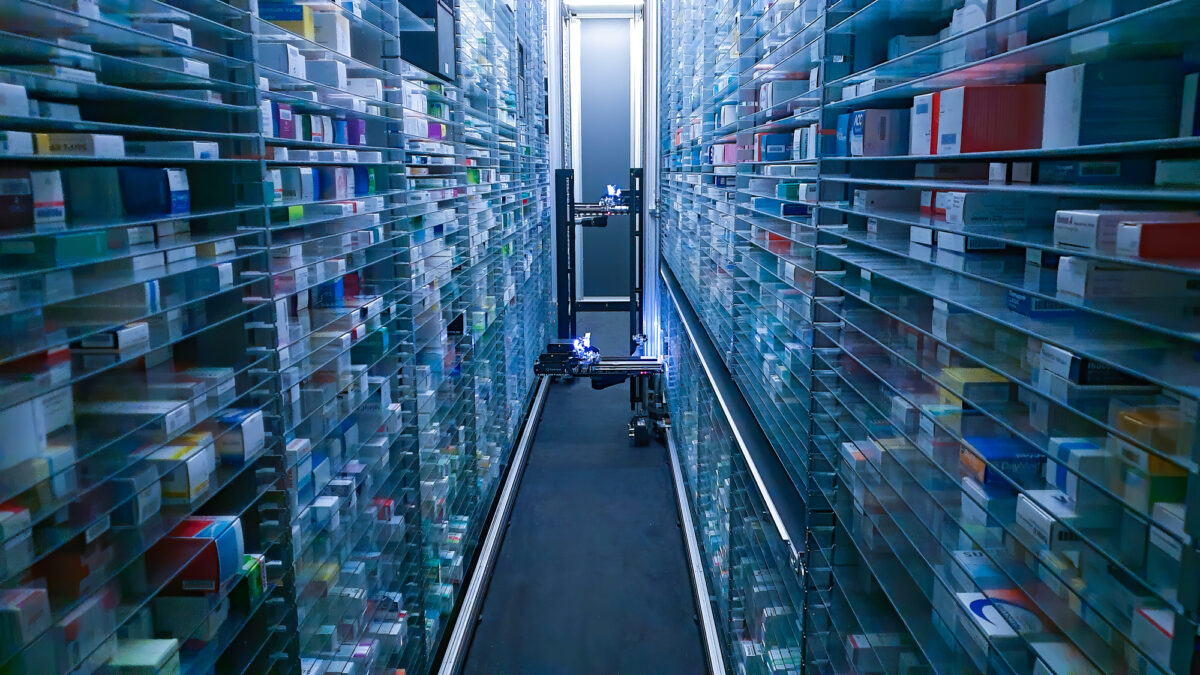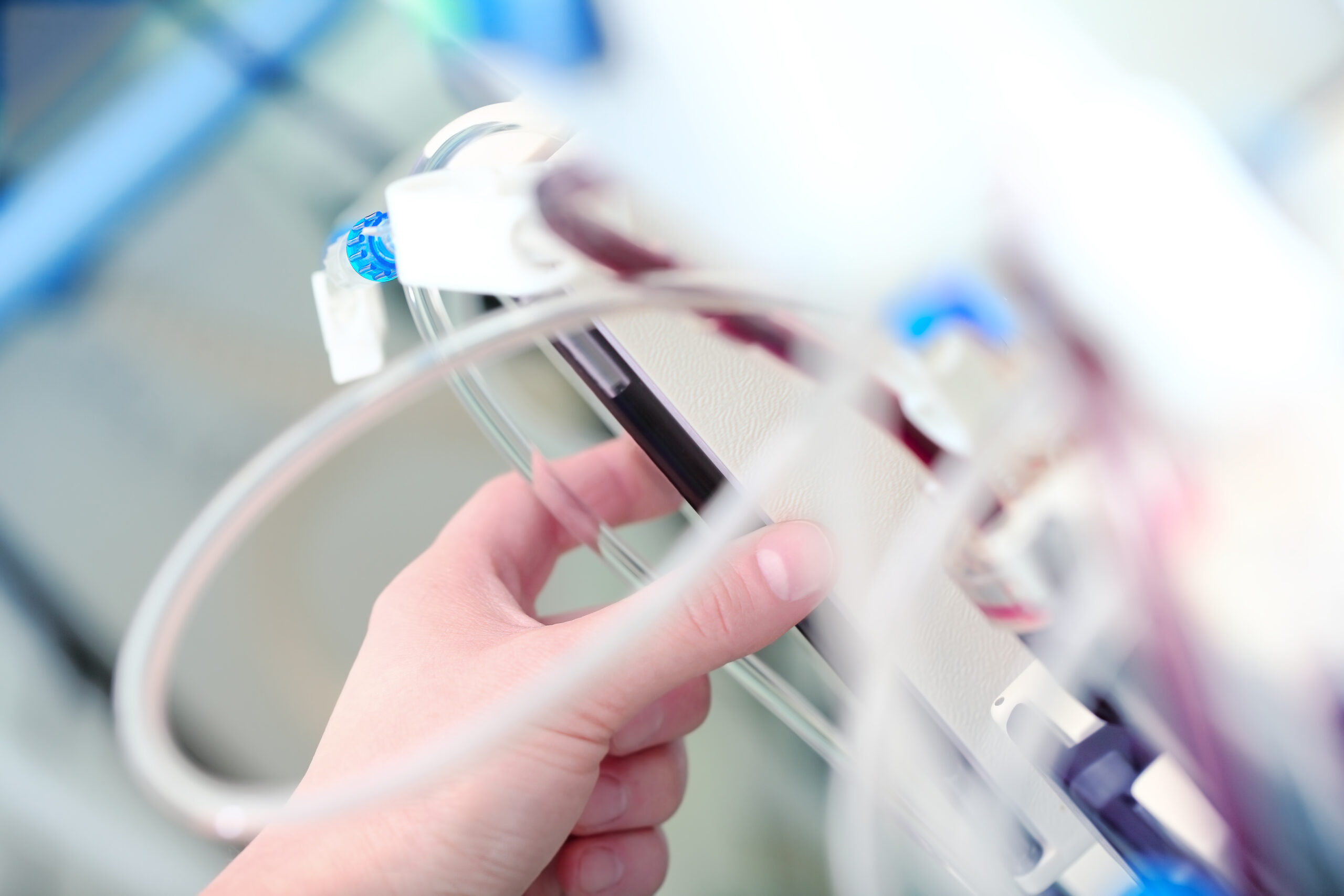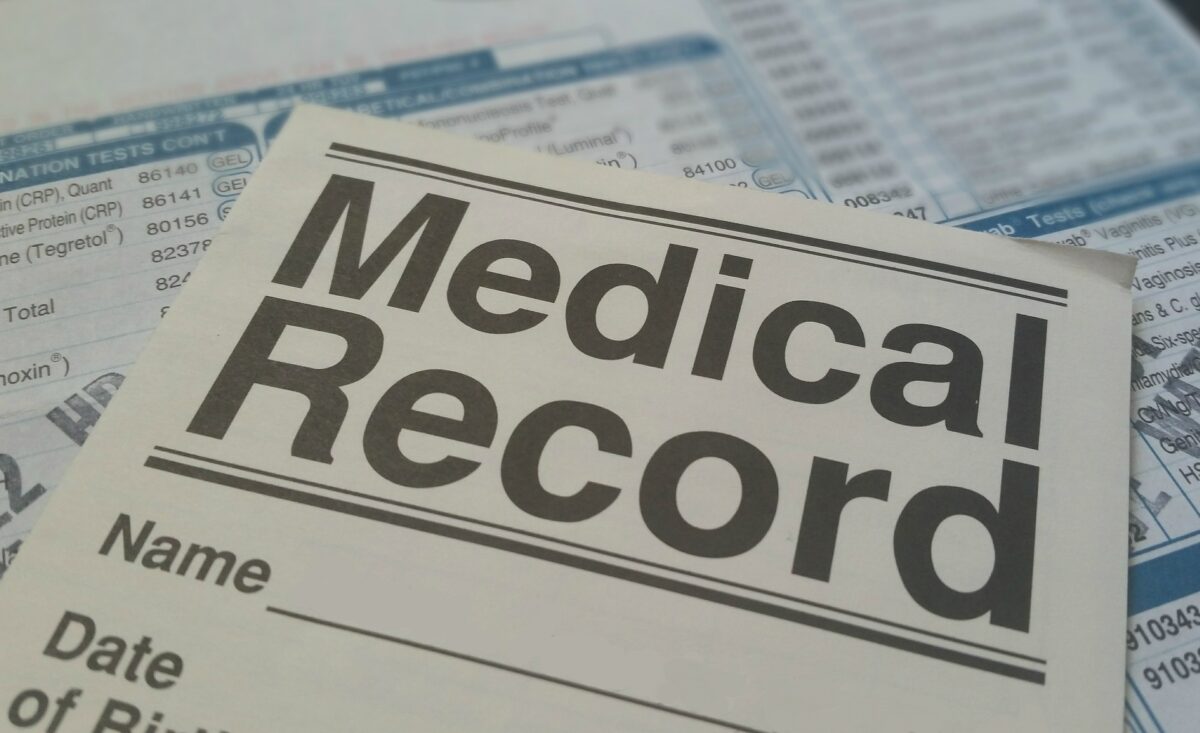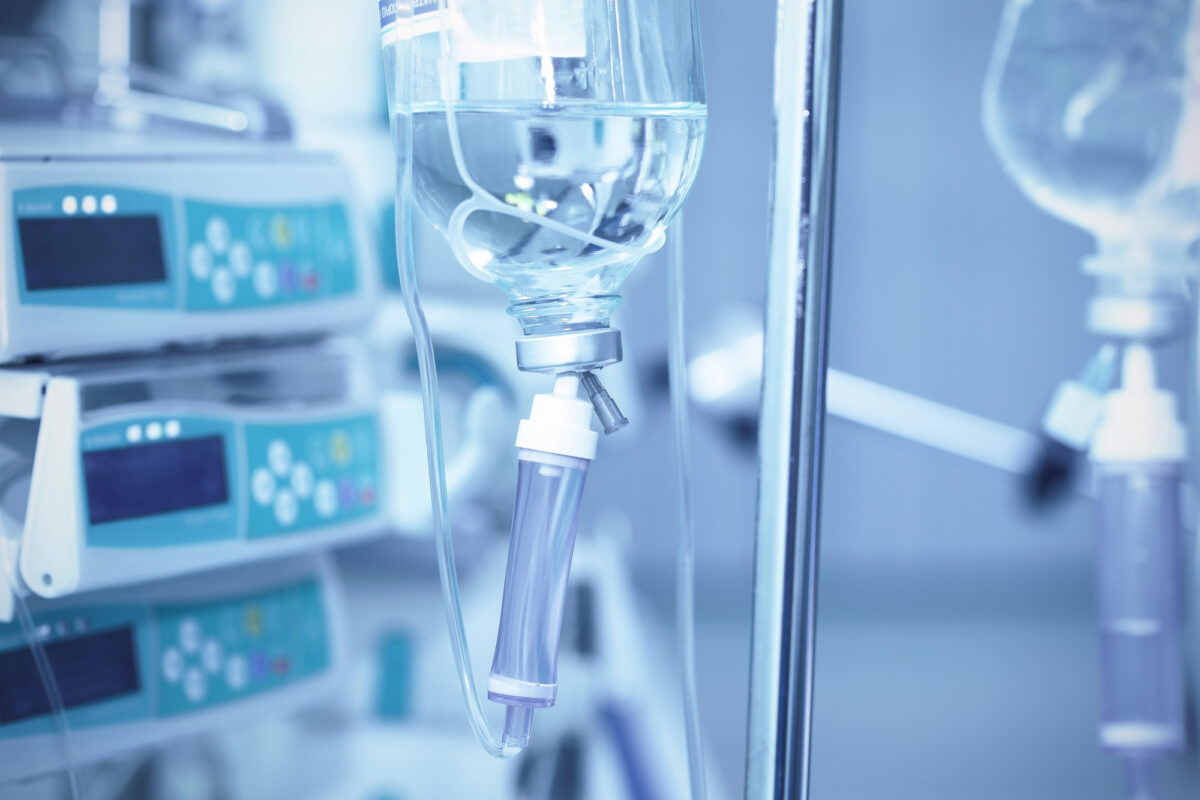Companies that distribute and market medicines for human use within national territory must have a warehouse to store the medicines they are authorized to hold, distribute, and/or sell. This warehouse must be duly registered and authorized by COFEPRIS.
Every time a warehouse for human-use medicines is established, the first step is to determine whether the warehouse requires an Operating Notification or a Sanitary License to start operations. This will be defined by the type of medicines that will be stored.
| Types of medicines that will be stored/distributed/marketed. | |
| Sanitary License | Medicines containing narcotics (Section I) Medicines containing psychotropics (Sections II and III) Medicines containing toxoids, serums, animal-origin antitoxins Blood derivatives Vaccines Warehouses performing primary or secondary conditioning of medicines (any type) |
| Operating Notification | Medicines or biological products that do not contain narcotics and/or psychotropics, toxoids, serums, animal-origin antitoxins, blood derivatives, or vaccines (Sections IV, V, VI), such as: Allopathic medicines Vitamin medicines Herbal medicines Homeopathic medicines |
It’s important to understand that an Operating Notification is not the same as a Sanitary License for a human-use medicine warehouse, and there are substantial differences in their application processes.
Operating Notification
An Operating Notification for a medicine warehouse, as its name implies, is a notification to the sanitary authority in which the company indicates that it will open a warehouse, providing the exact location, the start date of operations, and the activities to be carried out, for example, room temperature storage, room temperature transportation, distribution, etc.
To submit the Operating Notification, legal documents related to the company registering the warehouse are required (articles of incorporation, power of attorney, legal representative’s ID, among others), as well as the sanitary responsible’s credentials, such as their professional license, ID, etc. Since it is an electronic process, it must be signed by the concerned parties using the digital signature (e-signature) provided by the Tax Administration Service (SAT), and it must be submitted at least 30 days before operations start.
Filing an Operating Notification implies that the company is prepared for a potential inspection by the authority and already has a quality system in place as outlined in the Pharmacopeia Supplement for Warehouses of Sanitary Supplies.
Sanitary License
For warehouses that require a sanitary license, it is important to note that the warehouse cannot begin operations until the Sanitary License has been authorized.
The process is as follows:
- First, a Sanitary Responsible Notification for the establishment is submitted.
- A Sanitary License application is then submitted to Cofepris, specifying the operations to be carried out in the warehouse, the types of medicines to be handled, and the warehouse location. This Sanitary License application involves a verification visit to the warehouse facilities and infrastructure, as well as to the Quality Management System, which must be overseen by the sanitary responsible, who must be available on the inspection day, as indicated by NOM-059-SSA1-2015.
- On the inspection day, the inspector will arrive with a verification order and identification, and the user can confirm if the inspector is registered with the Sanitary Operation Commission of COFEPRIS on the following page: https://www.gob.mx/cofepris/documentos/listado-de-verificadores-sanitarios-de-insumos-para-la-salud to avoid simulated inspections by fraudulent inspectors.
- During the visit, the inspector will assess the Quality Management System, as well as compliance with NOM-059-SSA1-2015, and will record their evaluation in a verification report. After reviewing each point of the report, the inspector will inform the sanitary responsible of any observations.
- Before signing the verification report with the inspection results, the company has the right to include comments or disagreements in the report, and it also has 5 business days after signing to submit any necessary information to COFEPRIS that may address any deviations.
- COFEPRIS may issue a request for additional documents or information, and even request a follow-up inspection.
- Once all issues have been satisfactorily resolved, COFEPRIS will authorize the Sanitary License.
Finally, it is important to note that, regardless of whether a warehouse requires an Operating Notification or a Sanitary License, it must have the appropriate facilities, infrastructure, and Quality Management System in accordance with the type of operations to be performed and the products to be stored (as established in NOM-059-SSA1-2015 and the Supplement for Establishments dedicated to the sale and supply of medicines and other sanitary supplies of the FEUM) before starting operations.
Based on all the above, the key is to clearly define the type of medicine to be stored and the activities to be carried out in the warehouse to determine the type of authorization needed to begin operations, if you have any question about this in Rafconsulting we will be glad to help you get your documents and your establishments in order.
